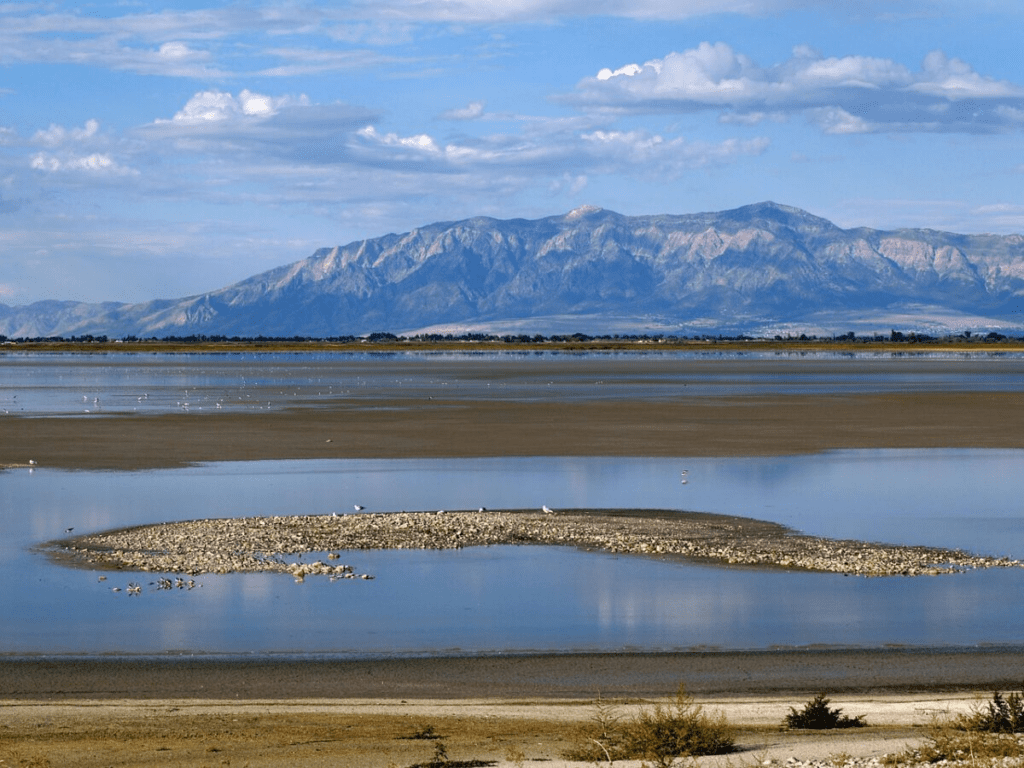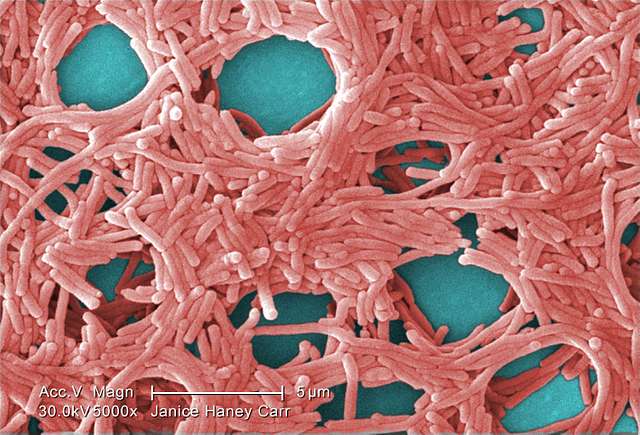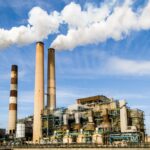At the end of 2022, the Keystone Pipeline in Mill Creek, Washington suffered a major leak, resulting in the release of 14,000 barrels of tar sands oil. After several months of investigation, the cause of the leak has finally been identified. TC Energy, the operator of the pipeline, has taken responsibility for the spill, acknowledging that a design flaw was the root cause.
Sierra Club Kansas Chapter Lobbyist, Zack Pistora, has criticized the incident, saying “We know that it’s not if oil pipelines leak, it’s when. These design flaws are a consistent trend we see with failing pipelines, while corporations continue to rake in record profits while polluting our communities.” He goes on to call for real consequences for TC Energy and the shutdown of the pipeline, which he says continues to put the climate and communities in danger.
The company’s own investigation found that the leak was caused by a combination of factors, including bending stress on the pipe and a weld flaw at a fabrication facility. Although the welding had been inspected and tested, the flaw led to a crack that grew over time and eventually resulted in an instantaneous rupture. The company is looking into other areas where similar design flaws may pose a risk for leakage and is lowering the pressure within the pipeline.
Unfortunately, this was not the first time that the Keystone Pipeline has leaked. The pipeline has suffered 22 other leaks since it began operating in June 2010, with four of the worst spills occurring in the last six years alone. The December 2022 spill was the largest of all, leaking more oil than all the previous spills combined. Despite the company’s warnings that the pipeline could leak every seven years, it remains unclear whether the pipeline is a safe option for transporting oil.
The U.S. Environmental Protection Agency continues to work from an initial estimated discharge volume of 14,000 barrels, while the company is expecting $480 million in costs related to the incident. The pipeline resumed service in late December, but the investigation into the spill continues, with a third-party root cause failure analysis underway. The cause of the bending stress remains under investigation.
Bill Caram, executive director of Pipeline Safety Trust, a U.S. advocacy group against pipeline hazards, has criticized the incident, saying “A bad weld from a fabrication facility is troubling – it adds to the list of manufacturing and construction issues that have plagued this pipeline.” He goes on to say that the bending stress was likely caused by land movement and that Keystone’s permit requires it to mitigate such threats.
The Keystone line has been running at a higher rate than other U.S. crude lines since 2017 due to a special permit. In light of this latest spill, it remains to be seen whether the pipeline will be shut down or continue to pose a threat to the environment and communities in the area.
















